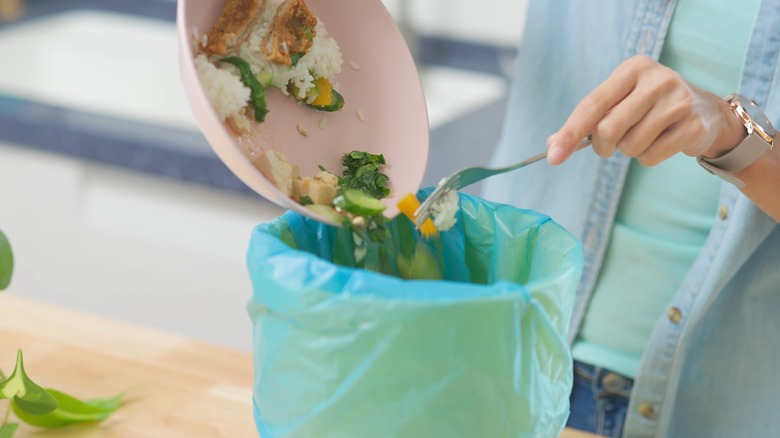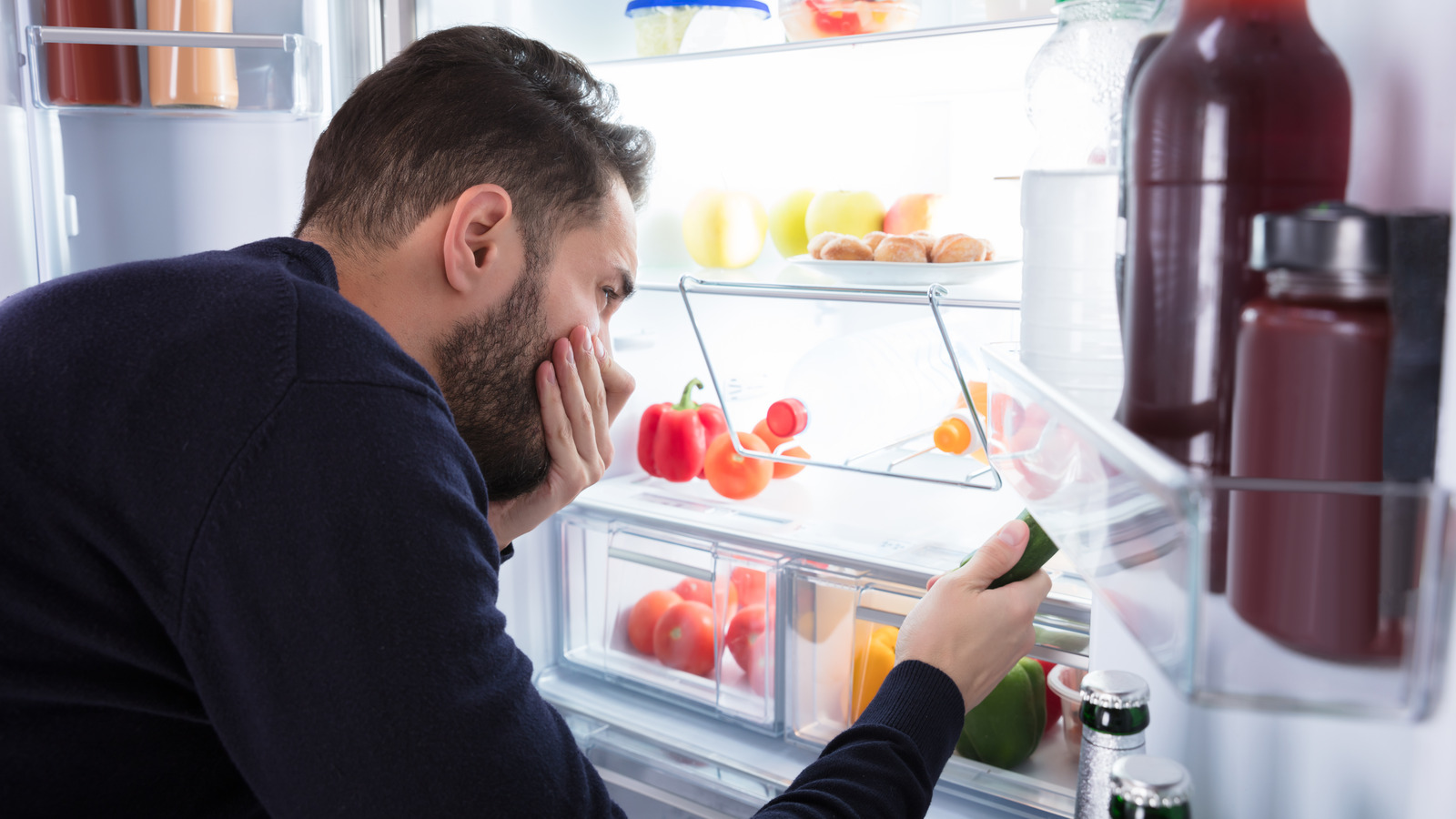Andrey_Popov/Shutterstock
BY CLARICE KNELLY/NOV. 20, 2022 9:00 AM EST
It’s okay to admit: We’ve all utilized the “sniff test” at least a few times in our lives. You know, how you apprehensively crack the lid and take a whiff of an old Tupperware container holding last week’s dinner that somehow disappeared to the back of the fridge. Unfortunately, while we often learn about what tell-tale signs of spoilage looks like on meat products or produce, the lines slightly blur when it comes to leftovers. After all, as we all work to limit food waste, some may feel guilty tossing out their semi-good looking meals that they just didn’t get around to in their weekly dinner rotation.
However, our health always comes first, and you don’t want to be chowing down on leftovers that have potentially harmful bacteria hiding out in them. Certain habits, like reheating leftovers more than once or always using the “sniff test” as your source of judgment, may be setting you up to get sick.
Some bacteria-ridden foods don’t smell bad

aslysun/Shutterstock
The truth about the smell test is that sometimes it works, but other times it will let you down. And when your health is at stake, it’s not likely worth taking any risks.
Pungent, off-putting smells can definitely be a sign that food has begun to spoil. For instance, according to the Huffington Post, milk or other dairy products will often develop a putrid scent as they begin to curdle and go bad. However, this scent is not guaranteed to be there.
Where the smell test can really let you down is when it comes to foods contaminated with pathogens like salmonella or E. coli. These pathogens do not produce unpleasant smells, meaning a sniff test would fall flat here, according to Southern Living.
Similarly, as Southern Living points out, some healthy foods that are fermented, like yogurt or kimchi, may have a strong pungent scent but are fine, and often recommended, to eat.
Instead of resorting to the smell test, be proactive. The FDA recommends refrigerating or freezing perishables right away using air-tight packaging, and eating within a reasonable amount of time. Overall, don’t trust your nose when you pop open your next leftover box. Look for signs such as sliminess, wilting leaves, mold, and changing colors — and follow other food safety protocols — before enjoying your leftovers.
Source: Why Smell Is Probably Not The Best Way To Judge The Safety Of Leftovers – Tasting Table













